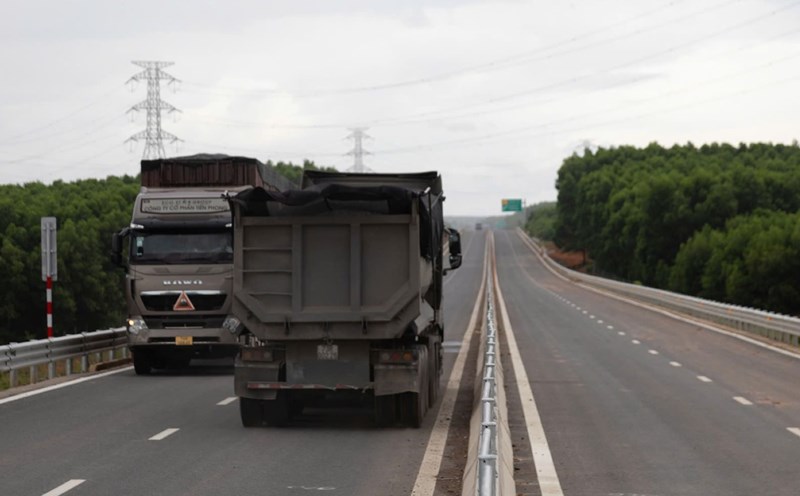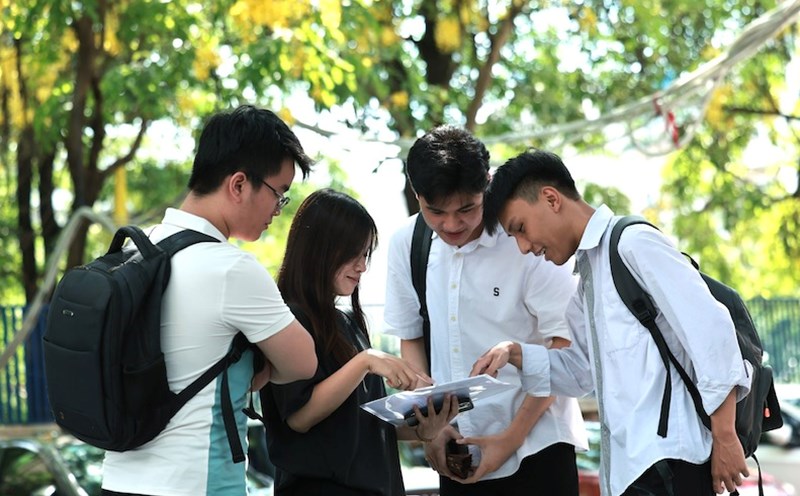According to Circular 14/2025, for degrees B, C1, C, D1, D2, D, BE, C1E, CE, D1E, D2E and DE, learners are allowed to choose the form of concentrated, distance learning or self-study with guidance. However, practice is still mandatory to study centrally at a training institution. The maximum course duration is 90 days, including study, review, holiday, Tet and check-in time. Each class B driving practice vehicle cannot have more than 5 students, class C1 vehicles cannot have more than 8 students. The distance and practice time must be calculated separately for each student and supervised through the DAT system.
The final exam consists of two parts: theory and practice. The theoretical section uses a set of multiple-choice questions and traffic simulation situations, implemented consistently according to the procedures of the Ministry of Public Security. The practical part includes the contents of continuous driving and driving on the road. Students will be considered for completion of the course if they meet the requirements in both parts.
Notably, Circular 14/2025 has many adjustments to flexibilize the training program but still ensure quality and traffic safety. According to Mr. Luong Duyen Thong - Head of the Department of Transport, Vehicle and Driver Management (Vietnam Road Administration), this Circular inherits the basic content of Circular 35/2024 (formerly the Ministry of Transport), and adds a number of new points in line with reality.
One of the notable changes is the adjustment of the electronic cabin learning process. If previously students could only access the electronic cabin after completing the sailing course, now, learning the cabin can be done right after the hot and cold number theory. The electronic cabin can also be used in parallel with practical learning on the practice court and school, instead of focusing on the final stage as before. The new regulation helps training centers easily coordinate time, reducing pressure on investment in equipment in the context of a large number of students.
In particular, the new Circular has removed obstacles in practical learning on the expressway. Previously, students were required to drive directly on the highway - which was difficult to do in many provinces and cities without this route. Now, the Ministry of Construction allows centers to use electronic cabins to simulate driving content on the expressway or organize training on the field if the locality has a expressway or expressway with investment phases.
Although the learning format is loosening, the centers must still ensure full time and distance according to regulations, all of which are recorded through the DAT system to ensure transparency and training quality.
Circular 14/2025 officially takes effect from September 1, 2025.












